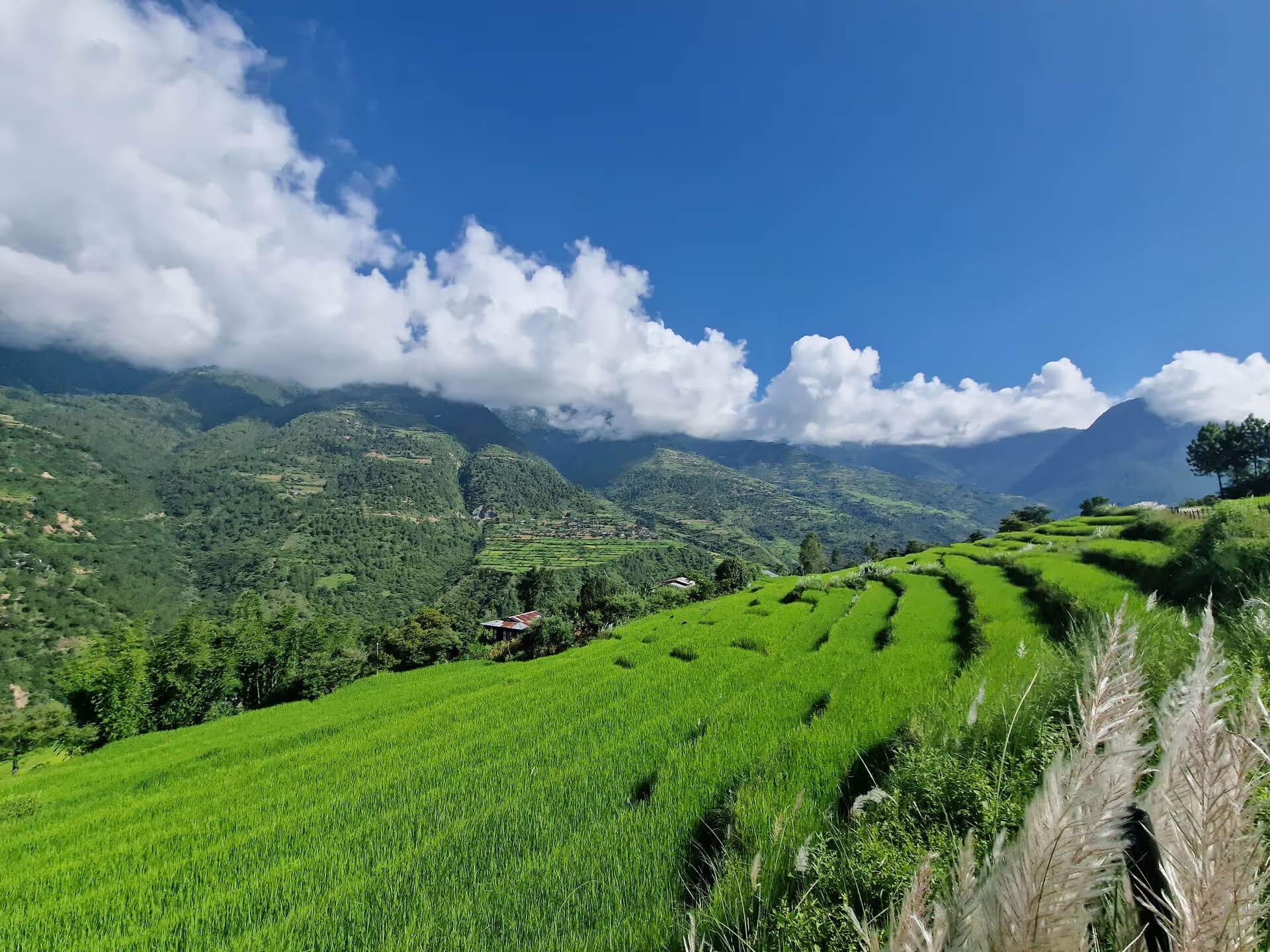
Bhutan, a Himalayan kingdom shrouded in mystique, seamlessly blends timeless traditions, awe-inspiring landscapes, and a commitment to happiness, creating an unforgettable and enchanting travel experience.
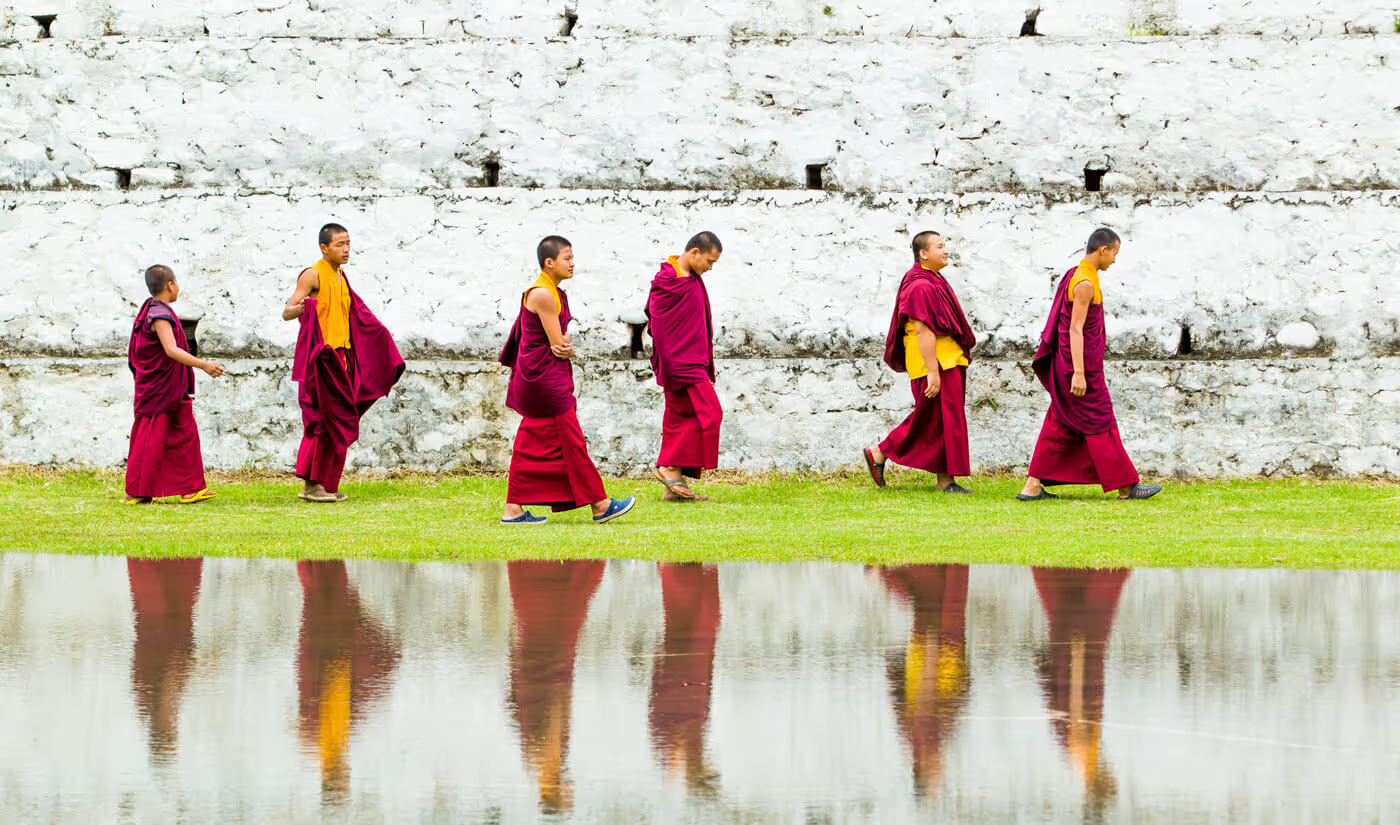
Because of its pastoral character, people have invented several labels for Bhutan, like “Last Shangri-la,” “Happiest Place on Earth,” and “Himalayan Paradise.” In this age of rapid growth, nations often sever ties with their old lifestyle to make a forward leap. Bhutan has managed to preserve its natural and traditional core while taking small steps towards change.
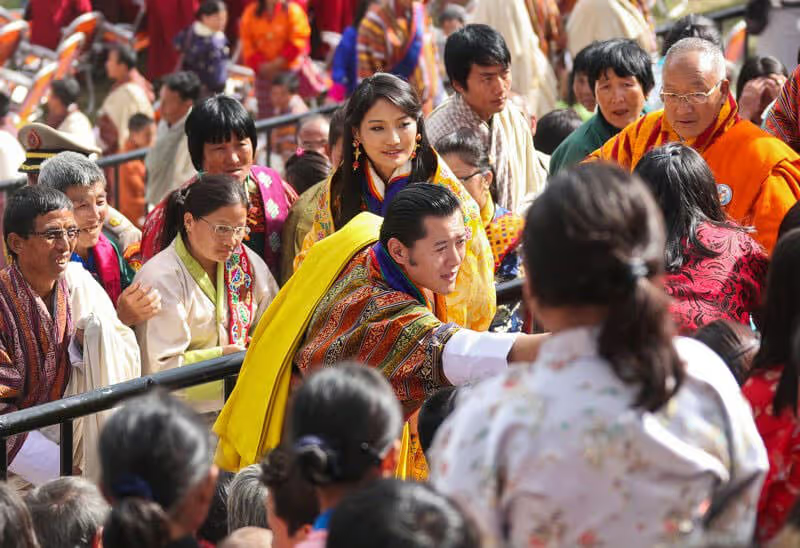
The Gross National Happiness Philosophy ensures it does not compromise its environment, culture, tradition and socio-economic development. By adhering to this unique philosophy, people have cultivated an attitude where happiness is their primary goal and respect for nature and contentment are the primary virtues of Bhutanese society.
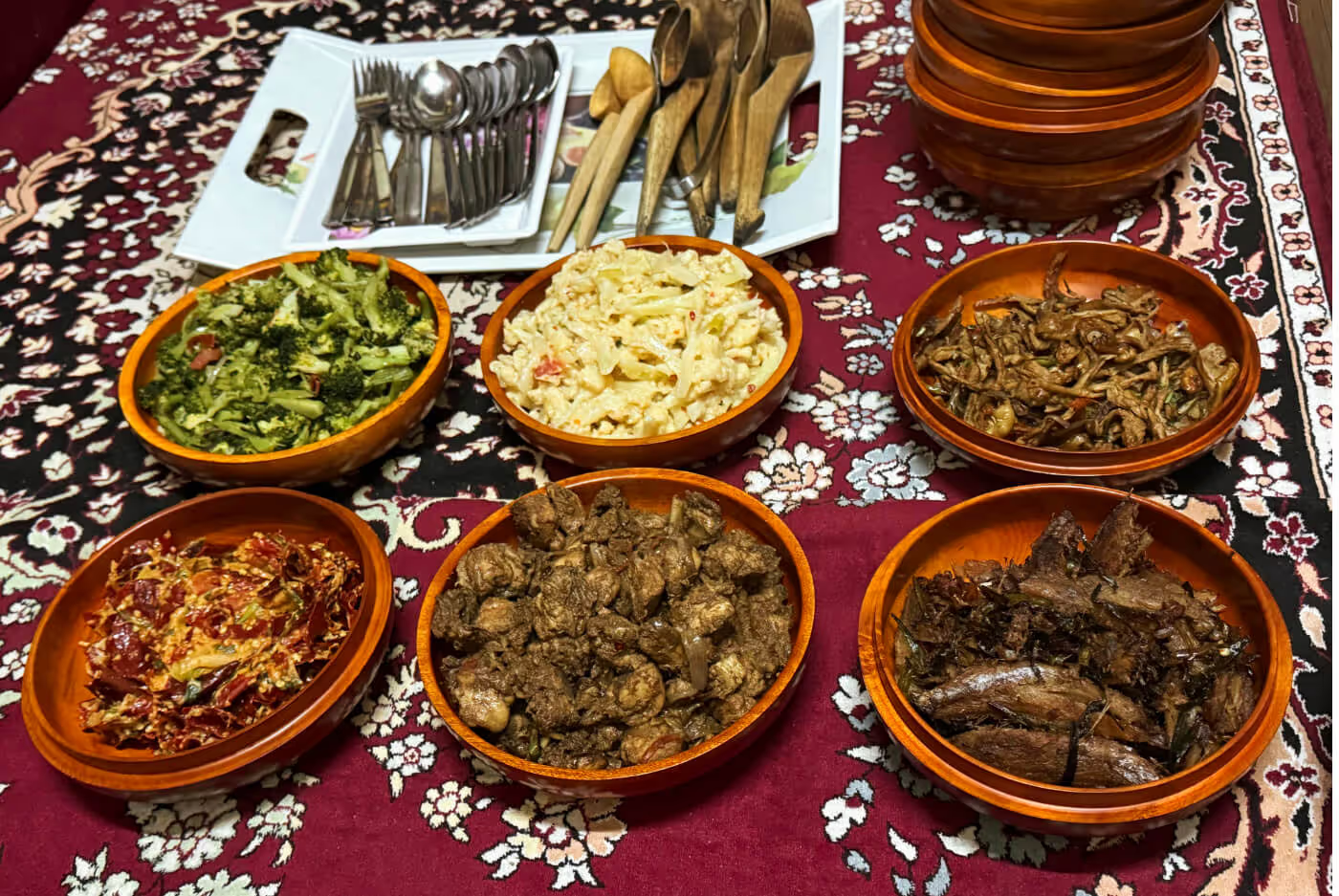
In this culinary culture, chilli and cheese are considered fruits, whereas dairy products, especially cheese and butter, predominate in the composition.
Emma Datshi (chillies cooked in yak cheese), the national dish of Bhutan, is the perfect introduction to Bhutanese cuisine. Jasha maru(chicken stewed in tomato juice) is the right dish for those who don’t want to set their taste buds on fire. Zow shungo is Bhutanese version of Ratatouille. Whether you have simple tastes or wish to sample various flavours, Bhutanese cuisine will meet all your gastronomic expectations.
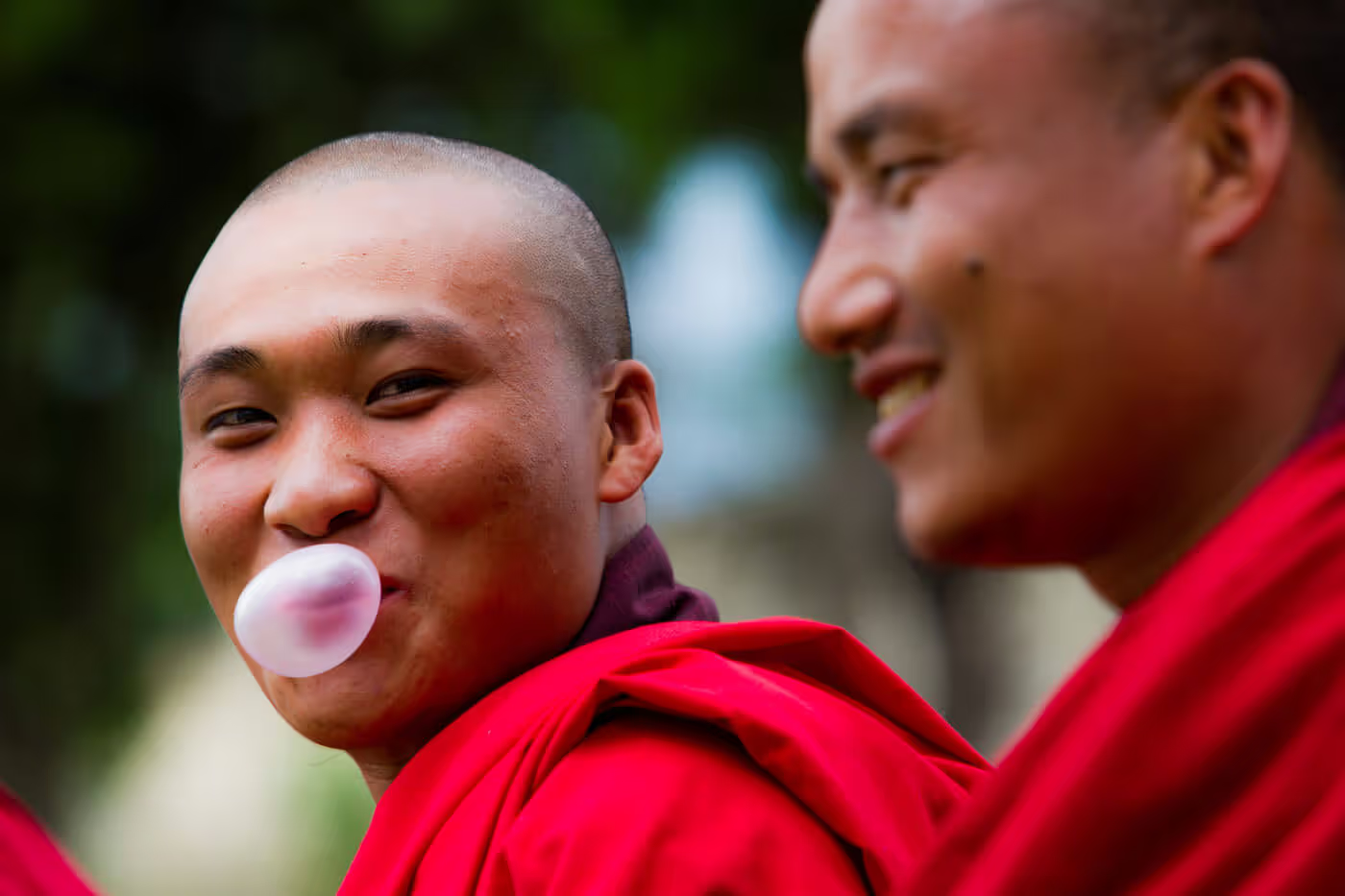
Bhutanese people are always ready to welcome guests with smiles and willing to go the extra mile to make them comfortable. Guests visiting Bhutan for leisure or work can find warm and inviting gestures everywhere. It’s a no-brainer for the visitors, admitting that the most difficult part of their journey is bidding farewell to their Bhutanese team, who has been their friend for the entire leg of the trip.
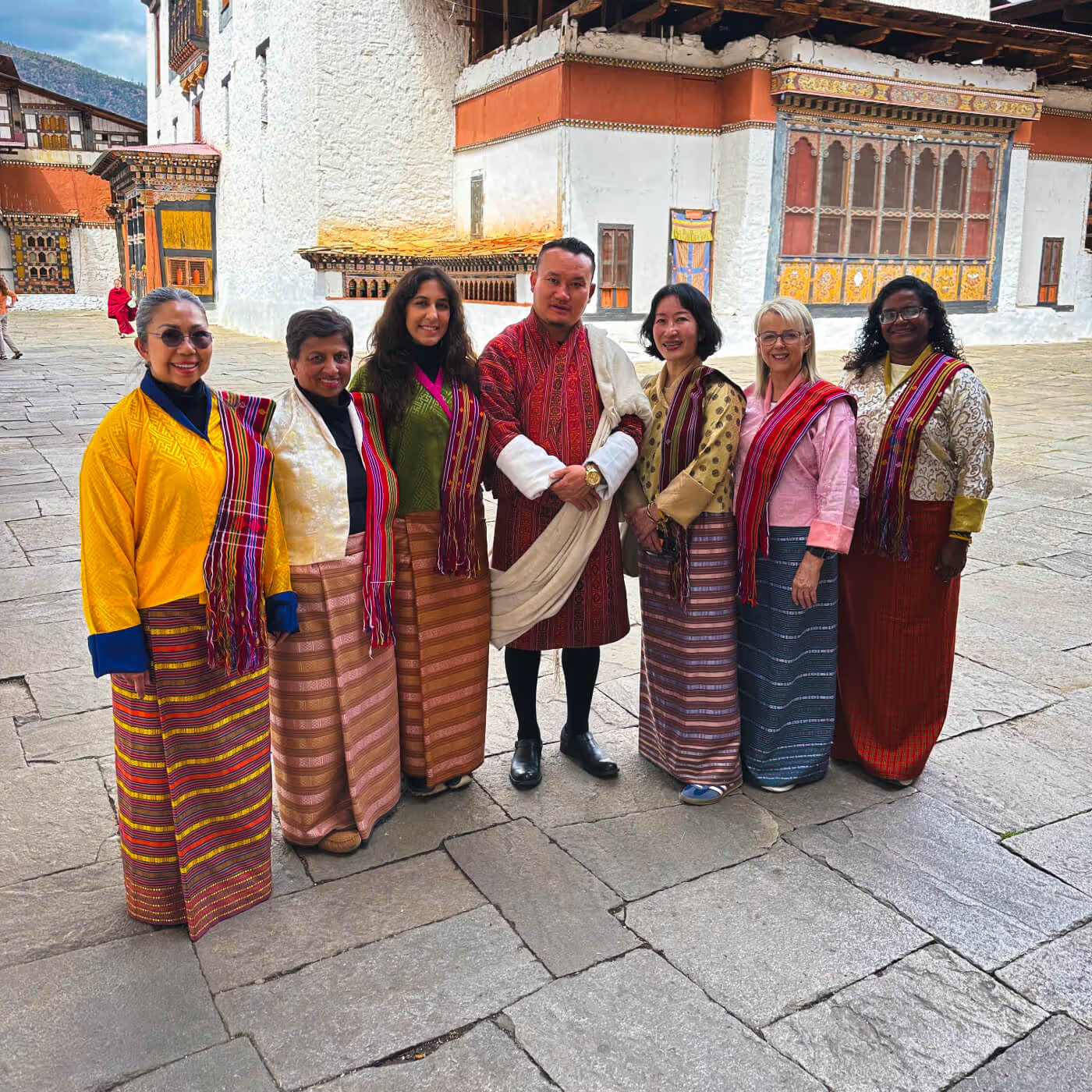
While it’s not a requirement for everyday wear, many Bhutanese choose to wear it as a symbol of their cultural pride. This choice is not influenced by modernization but rather a personal decision to uphold their traditional values in a changing world.
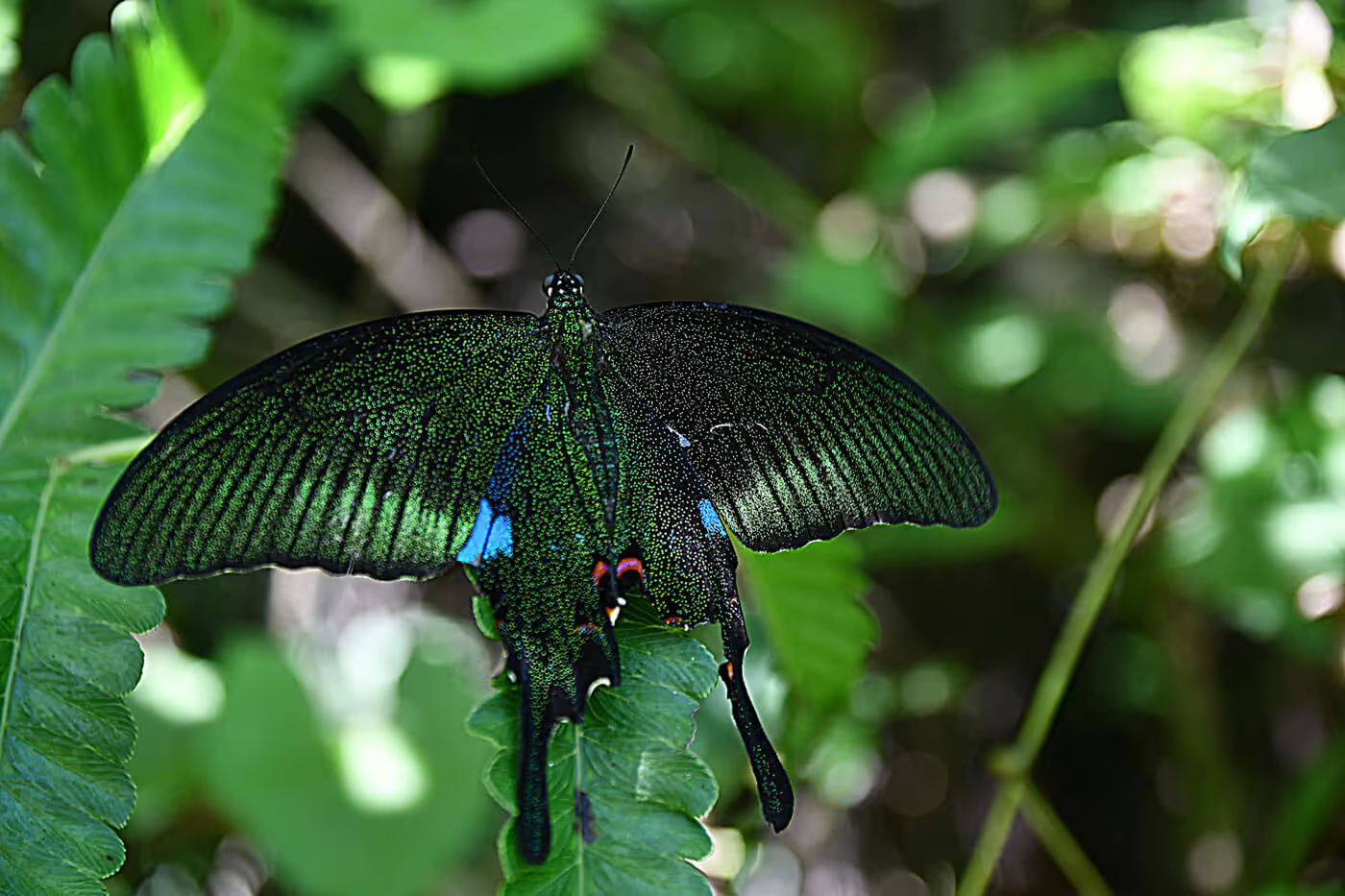
Bhutan is emerging as a hotspot for bird watchers who visit here to observe migratory cranes from Tibet and several endangered Himalayan birds. Every spring, Bhutan becomes a botanical paradise when a wide variety of alpine flowers cover the valleys and forests with rare Himalayan butterflies dancing around them. Whether it is the blue poppy, the national flower of Bhutan, or ubiquitous rhododendrons, Bhutan has a wealth of flora to keep enthusiasts and serious botanists busy all day.
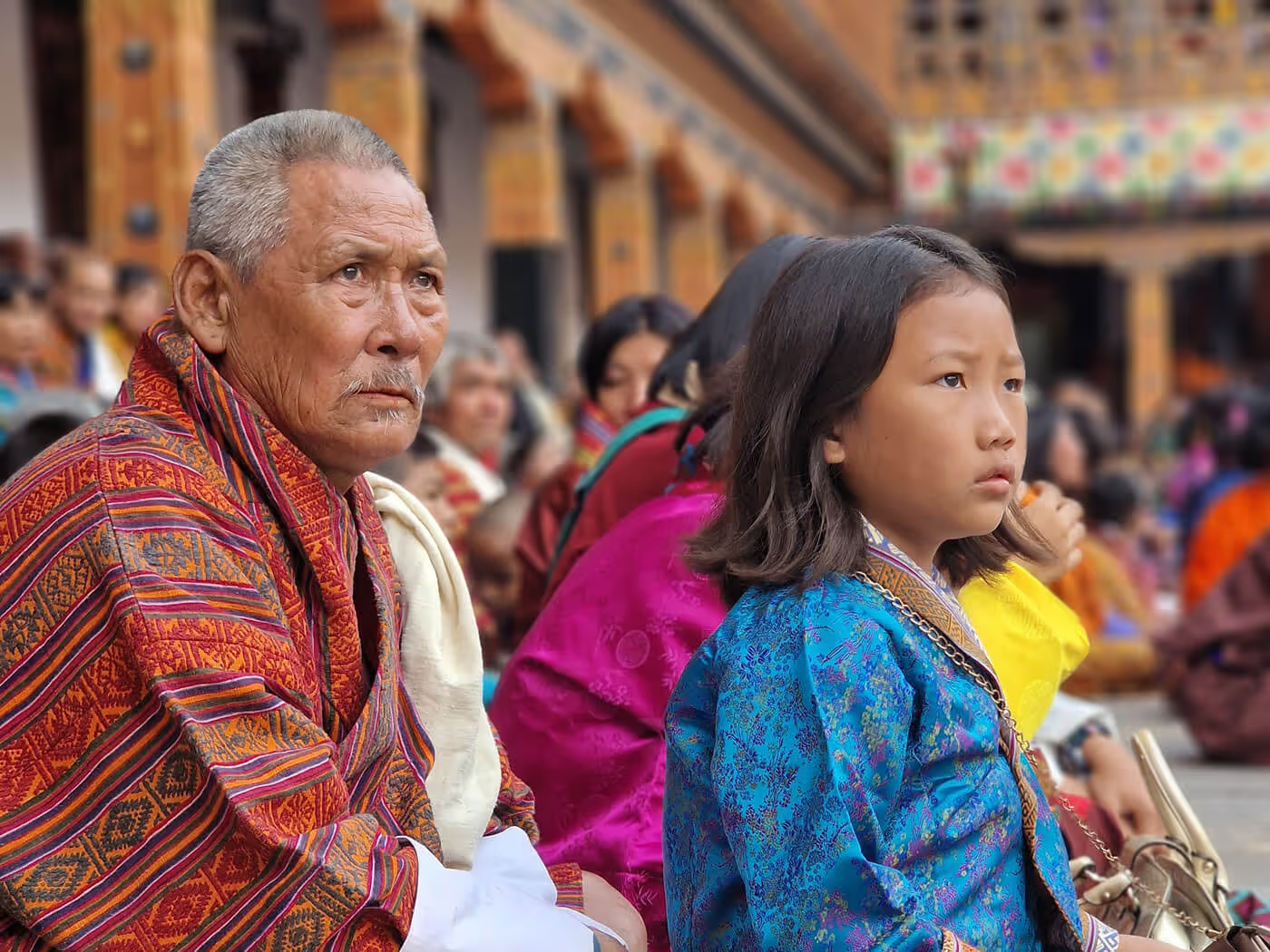
For instance, it is common for younger family members to live with and care for their ageing parents, ensuring their needs are met and they feel valued. Customarily looking after the parents or the elders plays a vital role in achieving Gross National Happiness.
The Bhutanese community cherishes cultural heritage, communal harmony, and respect for the environment, living in harmony with nature. The local festivals, rituals, and ceremonies are intact and flourish with a balance between progress and tradition.
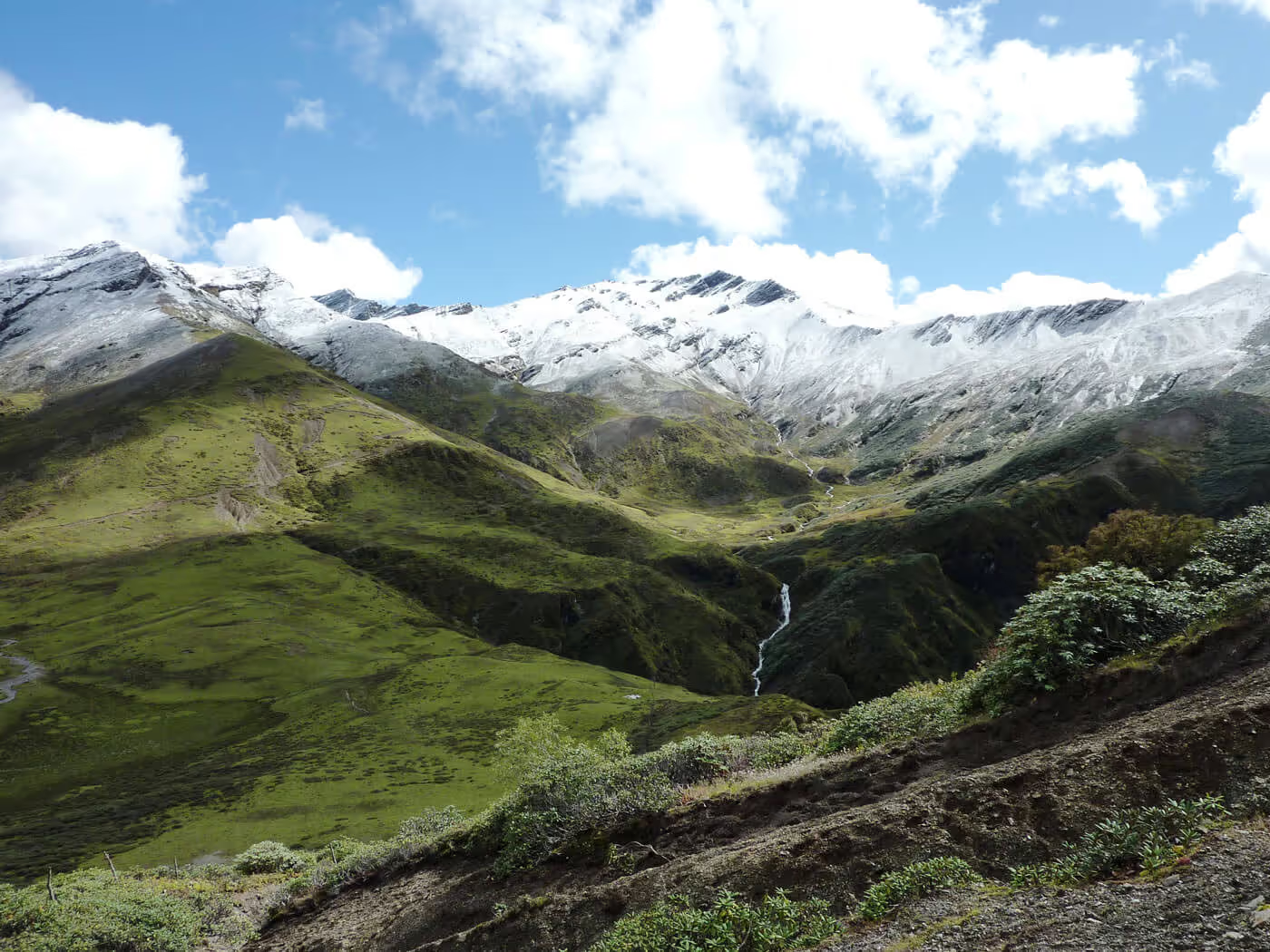
As a result, Bhutan retains all of its pristine landscape: the pastoral valleys with rivers meandering on their floors, quaint towns surrounded by verdant hills, villages set amid terraced fields. It feels as if paintings from old children’s books have leapt out of pages and found a place in Bhutan. Over the years, Bhutan has become a favourite destination for discerning trekkers looking for off-beat trekking destinations and want to enjoy unspoiled glories of the inner Himalayas in tranquillity.
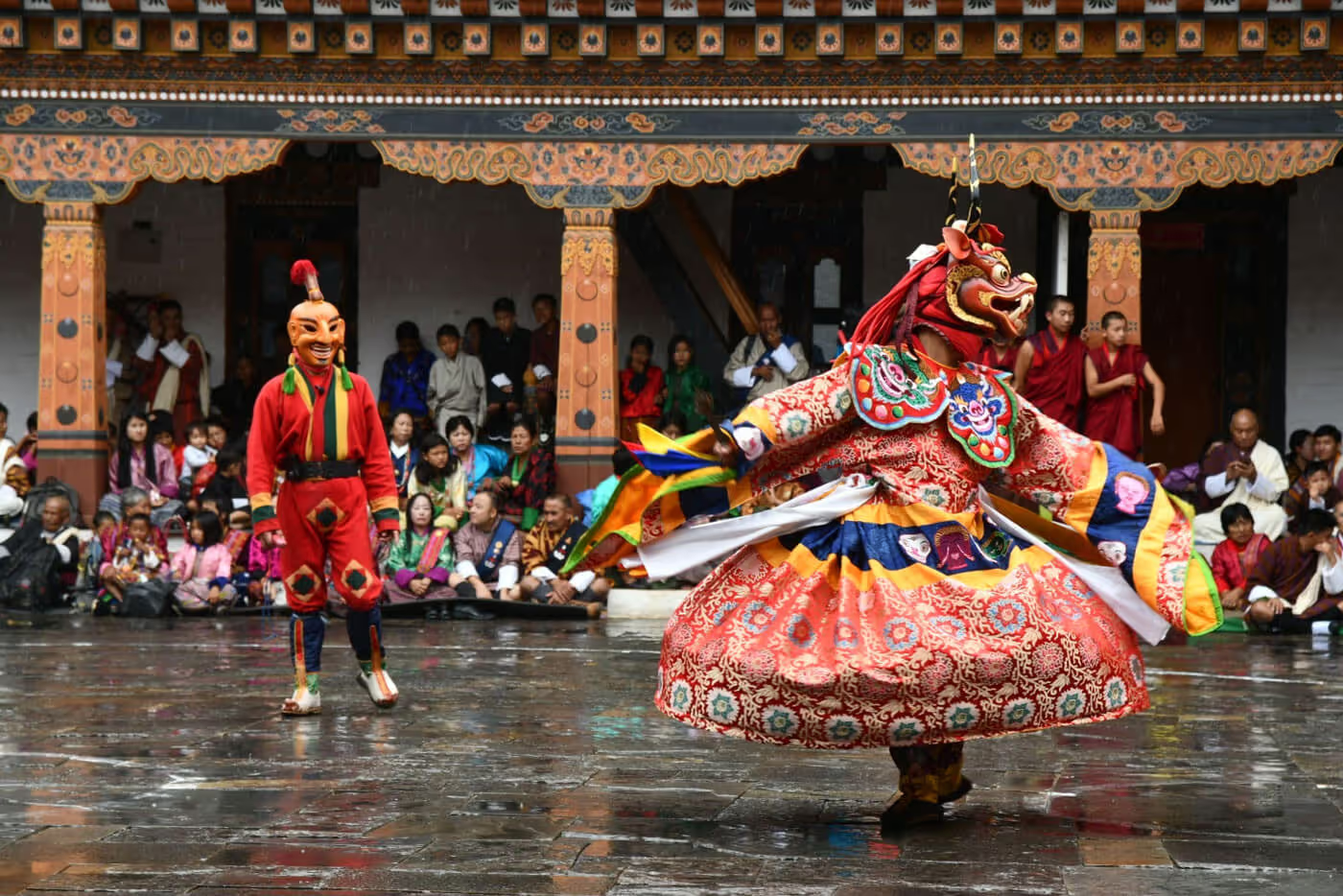
These festivals occur in every district to honour Guru Rinpoche, the saint who introduced Buddhism to Bhutan in the 8th century. The tsechus are held on auspicious days and months pertaining to the Bhutanese calendar and last up to four days. During these festivals, participants perform highly stylized dances while wearing masks.
These festivities are not just about individual celebrations but essential family and social life necessities. People dress up in their finest attire, often adorning themselves with the most exquisite pieces of coral and turquoise jewellery. The best-prepared meals are packed into traditional bamboo baskets and eaten with their friends and relatives.